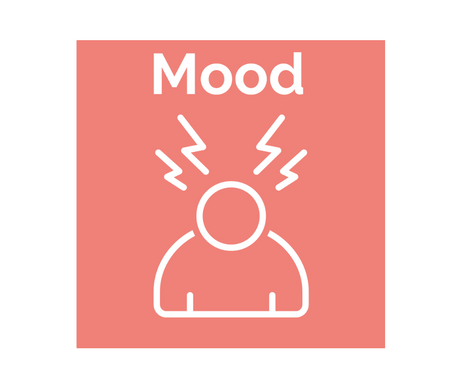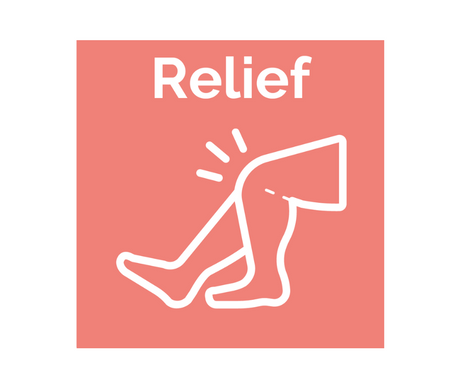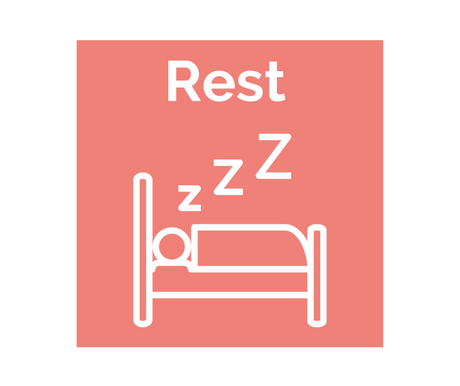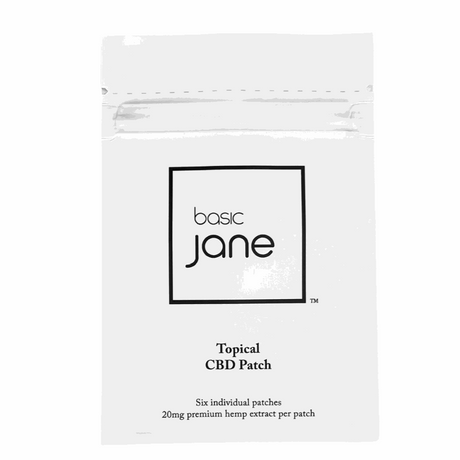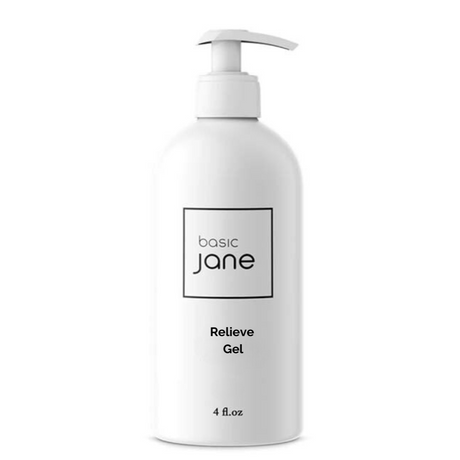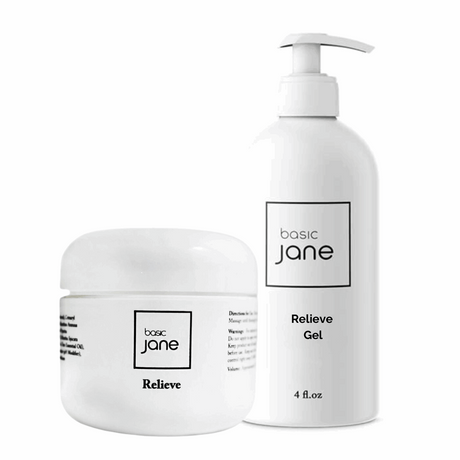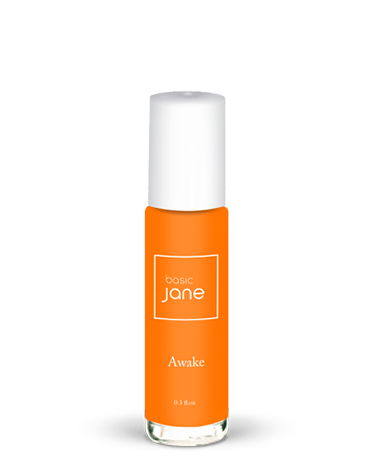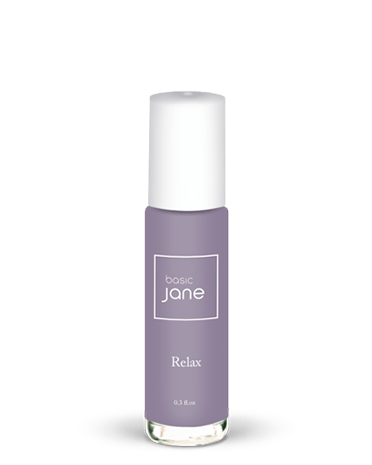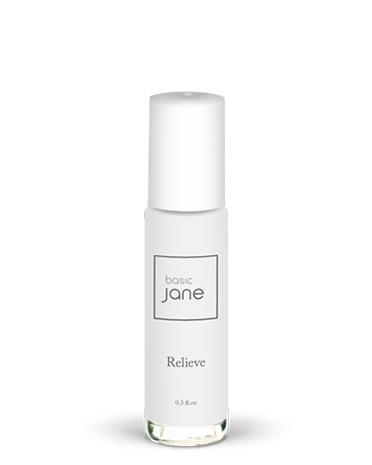Chronic pain can be a debilitating experience that affects every aspect of our lives. Finding relief can be challenging, whether it’s a headache, muscle soreness, or chronic pain from an underlying condition. While over-the-counter pain medications can provide temporary relief, they often come with unwanted side effects. Fortunately, many natural pain relievers are available that you may have yet to consider.
From herbal remedies to yoga and meditation, these natural pain relievers can help to reduce pain and improve your quality of life. In this blog, we’ll explore ten natural pain remedies you may not have thought of and how they can benefit you.
-
Heat or Cold Therapy: Heat and cold therapy are natural and effective ways to alleviate pain and inflammation. Heat therapy helps to relax muscles, increase blood flow to the affected area, and reduce pain and stiffness. On the other hand, cold therapy helps reduce swelling, inflammation, and pain by numbing the affected area and slowing down blood flow.
Heat therapy can be applied using hot water bottles, heating pads, warm towels, or warm baths. Cold therapy can be applied using ice packs, cold compresses, or even a bag of frozen vegetables wrapped in a towel. Depending on the type of injury or condition, your healthcare provider may recommend either heat or cold therapy or alternating between the two.
When using heat or cold therapy, it’s important to follow some guidelines to ensure it’s done safely and effectively. Never apply heat or cold therapy directly to the skin, as this can cause burns or frostbite. Always wrap the heat or cold source in a towel or cloth before applying it to the affected area. Also, avoid using heat or cold therapy for extended periods of time, as this can cause tissue damage.
Heat and cold therapy are one of the safest and most effective natural pain remedies that can be used for various conditions, including muscle strains, arthritis, and menstrual cramps. It’s important to consult with your healthcare provider before using heat or cold therapy, especially if you have a medical condition or are pregnant.
- Massage Therapy: Massage therapy is a natural approach to pain relief that involves manipulating the body’s soft tissues to reduce pain, tension, and stiffness. A professional massage therapist can perform massage, or self-massage can be done using your hands, a foam roller, or massage tools.
Massage therapy works by increasing blood flow to the affected area, which can help to reduce inflammation and promote healing. Massage also helps to stimulate the release of endorphins, which are natural pain-relieving hormones the body produces.
There are several types of massage therapy, including Swedish, deep tissue, and sports. A Swedish massage is a gentle massage that involves long strokes, kneading, and circular movements to help relax muscles and reduce stress.
Deep tissue massage is a more intense form of massage that targets the deeper layers of muscle tissue to help release tension and knots.
Sports massage is a form of massage specifically designed for athletes and can help to reduce muscle soreness, improve flexibility, and prevent injuries.
Massage therapy is a safe and effective natural approach to pain relief that can be used for various conditions, including back pain, neck pain, and muscle strains. A qualified massage therapist can help you determine the best type of massage for your needs and provide guidance on how to use massage therapy safely and effectively.
-
Exercise: Exercise is a natural approach to pain relief that can help to reduce pain and inflammation by strengthening the muscles and joints. When you exercise, your body releases endorphins, hormones that are natural pain relievers and can help reduce pain and improve mood.
Regular exercise can also help to improve flexibility, range of motion, and balance, which can help to prevent future injuries and reduce the risk of chronic pain. In addition, exercise can help to reduce stress and anxiety, which can exacerbate pain.
When starting an exercise program, it’s important to start slowly and gradually increase the intensity and duration of your workouts. Choose activities that you enjoy and that are appropriate for your fitness level and physical condition. Some good options for low-impact exercises include walking, swimming, yoga, and cycling.
It’s also important to listen to your body and avoid overdoing it, as this can cause injury and exacerbate pain. If you have a medical condition or are unsure about how to start an exercise program, it’s important to consult with your healthcare provider before beginning.
In summary, regular exercise is a natural and effective approach to pain relief that can help to reduce pain, improve function, and prevent future injuries. It’s important to start slowly, choose activities you enjoy, and listen to your body to ensure you exercise safely and effectively.
-
Acupuncture: Acupuncture is a natural approach to pain relief that involves the insertion of thin needles into specific points on the body. Acupuncture has been used for thousands of years in traditional Chinese medicine to treat various conditions, including pain, anxiety, and depression.
Acupuncture works by stimulating the body’s natural healing mechanisms and promoting the release of endorphins, which are natural pain-relieving hormones produced by the body. Acupuncture also helps to improve blood flow and reduce inflammation, which can help to reduce pain and promote healing.
During an acupuncture session, the acupuncturist will insert thin needles into specific points on the body, called acupuncture points. The needles are typically left in place for 15 to 30 minutes, and the acupuncturist may manipulate them or apply heat or electrical stimulation to enhance the effects.
Acupuncture is generally considered safe when performed by a licensed and trained acupuncturist. However, it’s important to discuss any medical conditions or medications with your acupuncturist before beginning treatment.
Acupuncture can be used to treat a variety of conditions, including chronic pain, headaches, menstrual cramps, and arthritis. While acupuncture is not a cure-all, it can be a safe and effective natural approach to pain relief for many people.
-
Meditation: Meditation is a natural approach to pain relief that involves the practice of mindfulness meditation. Mindfulness meditation is a technique that involves focusing your attention on the present moment and observing your thoughts and feelings without judgment.
Meditation can reduce stress and anxiety, which can exacerbate pain. When you meditate, you activate the body’s relaxation response, which can help to reduce muscle tension, slow down your heart rate, and lower your blood pressure. Meditation also helps to reduce the release of stress hormones, such as cortisol and adrenaline, which can contribute to pain and inflammation.
To practice mindfulness meditation, find a quiet and comfortable place to sit or lie down. Close your eyes and take a few deep breaths, focusing your attention on your breath. As thoughts or feelings arise, observe them without judgment and gently bring your attention back to your breath.
Regular mindfulness meditation can help reduce stress and anxiety, improve mood, and enhance overall well-being. While meditation may not eliminate pain completely, it can help to reduce the impact of pain on your daily life and improve your ability to cope with pain.
In addition to mindfulness meditation, other forms of meditation, such as loving-kindness meditation and body scan meditation, can also effectively reduce pain and promote relaxation. Finding a form of meditation that works best for you and regularly practicing to experience the full benefits is important.
- Herbal Remedies: Herbal remedies are a natural approach to pain relief that involves using plant-based medicines to reduce pain and inflammation. Certain herbs, such as turmeric, ginger, boswellia, and peppermint, have anti-inflammatory properties that can help to reduce pain and swelling.
- Turmeric is a spice commonly used in Indian cuisine that contains an active compound called curcumin. Curcumin has anti-inflammatory properties and effectively reduces pain and inflammation in conditions such as osteoarthritis and rheumatoid arthritis.
- Ginger is a root spice that also has anti-inflammatory properties. It has been shown to be effective in reducing pain and inflammation in conditions such as osteoarthritis and menstrual pain.
- Boswellia, also known as frankincense, is an herbal extract derived from the resin of the Boswellia tree. It has been used in traditional medicine for centuries to treat inflammatory conditions such as rheumatoid arthritis and osteoarthritis.
-
Peppermint is an herb with an active compound called menthol, which has analgesic properties. Peppermint oil can be applied topically to the skin to reduce pain and inflammation in conditions such as tension headaches and muscle pain.
It’s important to note that herbal remedies should be used with caution and under the guidance of a healthcare provider. Some herbs may interact with medications or have side effects, and it’s essential to ensure that the herbs are obtained from a reputable source and used appropriately.
- Essential Oils: Essential oils are a natural approach to pain relief that involves using plant-based oils that contain concentrated compounds with therapeutic properties. Some essential oils, such as lavender, chamomile, and eucalyptus, have pain-relieving properties that can help to reduce pain and inflammation.

- Lavender essential oil is commonly used for its calming and relaxing effects but also has pain-relieving properties. It has been shown to be effective in reducing pain and inflammation in conditions such as osteoarthritis and menstrual pain.
- Chamomile essential oil is also known for its calming effects, but it also has anti-inflammatory and analgesic properties. It effectively reduces pain and inflammation in conditions such as osteoarthritis and rheumatoid arthritis.
- Eucalyptus essential oil has analgesic and anti-inflammatory properties and has been shown to be effective in reducing pain and inflammation in conditions such as rheumatoid arthritis and osteoarthritis. It can also be effective in reducing muscle pain and tension.
Essential oils can be used in a variety of ways to reduce pain and inflammation. They can be applied topically to the skin, diffused in the air, or added to a bath. However, it’s important to use essential oils with caution and under the guidance of a healthcare provider. Some essential oils may interact with medications or have side effects, and it’s important to ensure that the oils are obtained from a reputable source and used appropriately.
-
Yoga: Yoga is a natural approach to pain relief that involves the practice of physical postures, breathing exercises, and meditation. Practicing gentle yoga poses can help reduce pain and stiffness and improve flexibility and range of motion.
Yoga can particularly benefit people with chronic pain conditions, such as fibromyalgia, arthritis, and back pain. Studies have shown that practicing yoga can help to reduce pain intensity and improve the overall quality of life in people with chronic pain.
In addition to physical benefits, yoga can help reduce stress and improve mental health. Chronic pain can often lead to anxiety and depression, and yoga can be an effective tool for managing these symptoms.
There are many different types of yoga, and it’s important to find a style and instructor that is suitable for your individual needs and abilities. Gentle, restorative yoga classes can be particularly beneficial for people with chronic pain, as they focus on relaxation and gentle movement.
Yoga can be a natural and effective approach to pain relief, particularly for chronic pain conditions. It can help to reduce pain intensity, improve flexibility and range of motion, and reduce stress and anxiety. However, it’s important to practice yoga with caution and under the guidance of a qualified instructor. 
-
Capsaicin Cream: Capsaicin cream is a natural approach to pain relief that utilizes the pain-relieving properties of capsaicin, a compound found in chili peppers. When applied topically, capsaicin cream can help to reduce pain by desensitizing the nerve endings in the affected area.
Capsaicin cream is commonly used to treat conditions such as arthritis, neuropathic pain, and back pain. It effectively reduces pain and improves function in people with these conditions.
One of the advantages of capsaicin cream is that it has a low risk of side effects, particularly when compared to other pain medications. However, some people may experience skin irritation or a burning sensation when they first start using the cream. It’s important to follow the instructions carefully and wash your hands after applying the cream to avoid getting it in your eyes or on other sensitive areas of the body.
Capsaicin cream is available over the counter and can be purchased at most drugstores or online. However, you should use capsaicin cream with caution and under the guidance of a healthcare provider, particularly if you have sensitive skin or are allergic to chili peppers.
-
Omega-3 Fatty Acids: Omega-3 fatty acids are a natural approach to pain relief that can be obtained from fish oil or supplements. These healthy fats have been shown to have anti-inflammatory properties that can help to reduce pain and swelling in the body.
Inflammation is a natural process that occurs in the body in response to injury or infection. However, chronic inflammation can lead to a range of health problems, including pain, stiffness, and joint damage. Omega-3 fatty acids help to reduce inflammation by blocking the production of pro-inflammatory molecules in the body.
Eating fatty fish like salmon, mackerel, and sardines is one of the best ways to increase your intake of omega-3 fatty acids. If you don’t eat fish regularly, consider taking fish oil supplements or other sources of omega-3, such as flaxseeds, chia seeds, and walnuts.
Studies have shown that omega-3 fatty acids can be beneficial for reducing pain and inflammation in conditions such as rheumatoid arthritis, osteoarthritis, and back pain. In addition, omega-3s can also improve heart health, brain function, and overall well-being.
Get Natural Pain Relief With Basic Jane
Hemp-based products from Basic Jane can also be a useful addition to your pain management toolkit and used as part of or in conjunction with the natural pain relief options we’ve covered. Basic Jane offers a range of topical products made from natural plant-based ingredients and can be used with these other natural approaches to provide targeted pain relief.
Whether you want to reduce muscle soreness, joint pain, or headaches, Basic Jane’s products can help provide relief without using pharmaceuticals or harsh chemicals. Explore these natural pain relief options and see how Basic Jane’s products can enhance your overall wellness and quality of life. If you have questions or would like more information, please contact us.



